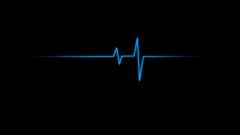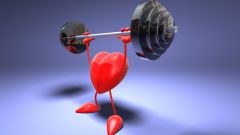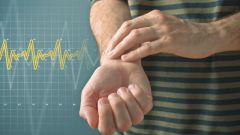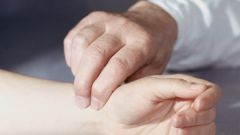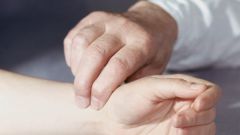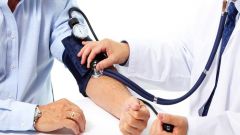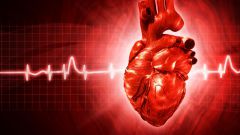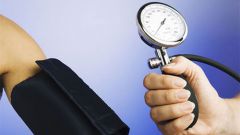Instruction
1
In the normal arterial pulse is always, can be caught and venous pulse, and sometimes felt precapillary. The pulse appears as a result of the oscillations of the walls of blood vessels, heart contractions, thus he shows us the heart rate, which normally is 60-80 beats per minute for an adult and more often - the normal heart rate for children. In newborns, a heart rate average of 140 beats per minute by the end of the first year of life already 110-130, then the pulse gradually decreases with age, by adulthood or later reaching the standard 60-80.
2
Often the pulse is determined the radial artery. Have children measure the pulse in the temporal arteries. Palpation of the carotid arteries allows to determine the characteristics of the Central arterial pulse. The standard place to measure the pulse rate also artery the back side of the foot.
3
Note when measuring heart rate normal pulse is established for a person in a horizontal position, if you are standing, the heart rate will be 5-15 beats per minute more than normal.
4
Start heart rate measurement on the symmetrical arteries. If the heartbeat pulse at the same time on both vessels, you can continue to explore the pulse on only one of the two arteries.
5
When measuring the pulse at the radial artery grasp the wrist area, so that your thumb was on the back of the hand, four fingers lie on the artery that runs along the radius, i.e. the inner side of the hand.
The pulse on the carotid arteries to check symmetrically on either side of the larynx.
The pulse on the carotid arteries to check symmetrically on either side of the larynx.
6
It is impossible in any case to check for a pulse, holding his artery with one finger, it can lead to error. Measure heart rate at least two fingers (index and middle), easily pressing the artery.
7
Do not press on the artery to measure the pulse, too. This ripple could disappear altogether, since you are pinching the artery, stop the current of blood through it.
8
Calculated the rhythmic pulse of at least 30 seconds for more accuracy minute. If you think the pulse only half a minute, don't forget to multiply the result by two to learn the indicators of heart rate per minute.
9
In addition to frequency the doctor in the measurement of the pulse determines the rhythm, content, and the height of the voltage pulse. Conducted a special study of the pulse, by means of sphygmography, plethysmography and rheography. These methods allow pulse to display in graphical form, so that later the doctor carried out the analysis of pulse curves.
10
Often today, to monitor the pulse rate using pulsationally. Particularly relevant are devices for people with diseases of the cardiovascular system and for athletes.
Note
The pulse can be measured in the following arteries: temporal (over the temples), sleepy (on the inner edge of the sternocleidomastoid muscle, under the jaw), shoulder (on the inner surface of the shoulder above the elbow), femoral (inner thigh at the junction of the legs and pelvis), popliteal. Usually measure the pulse at the wrist, on the inner side of hand (radial artery) just above the base of the thumb.
Useful advice
How to measure the pulse rate. To measure heart rate necessary stopwatch. Well, when the house there is a sports stopwatch, but a stopwatch is often used mechanical or electronic-electronic (quartz) watch with a second Definition of the pulse. The pulse should be determined, feeling the radial artery at the base of the first finger two, three fingers. You can count the number of heart contractions, especially after the competition, with his hand on the region of the heart, the cardiac impulse.

